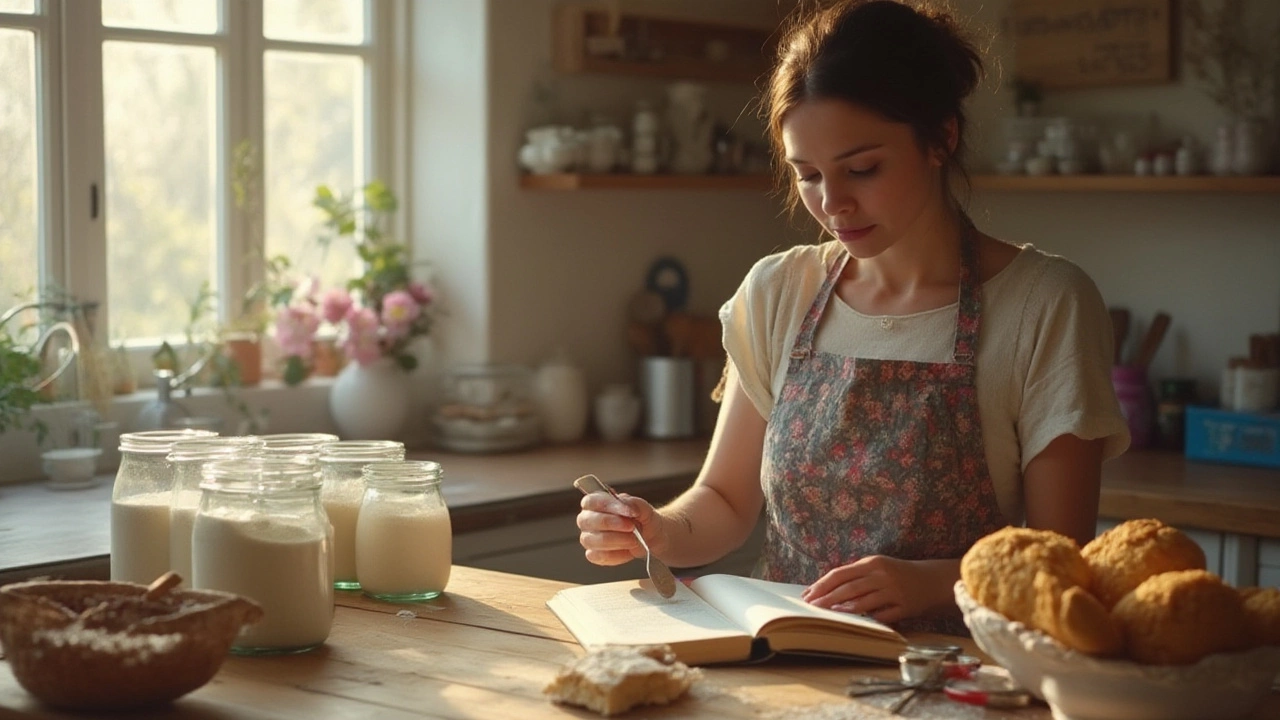
Gluten Free Baking Secrets: Expert Tips and Foolproof Guide
Struggling with gluten free baking? Discover the real secrets—science, flour blends, and texture hacks. Get honest, practical tips for success every time.
Want to bake or cook without gluten but don’t know where to start? You’re not alone. The good news is that there are plenty of easy swaps that work in most recipes. Below we break down the most popular gluten‑free flours, when to use each, and some practical tips to keep your dishes tasty and sturdy.
Almond flour gives a moist, buttery crumb. It’s great for cookies, muffins, and low‑carb cakes. Because it’s dense, you usually need to blend it with a lighter flour like rice or oat.
Coconut flour soaks up a lot of liquid, so you’ll need extra eggs or water. It works well in brownies and pancakes where a thick batter is fine.
Rice flour (white or brown) is the workhorse of gluten‑free baking. It’s neutral in flavor and creates a light texture. Pair it with a binder such as xanthan gum or psyllium husk for breads.
Oat flour adds a mild, sweet taste and improves crumb. Make sure you use certified gluten‑free oats if you have celiac disease.
Tapioca starch and potato starch are excellent for giving chew and crispness to crusts and pastries. They’re rarely used alone but shine in a blend.
First, don’t try a one‑to‑one swap of wheat flour with any single gluten‑free flour. Most gluten‑free flours lack the protein network that gives structure, so you’ll need a blend. A basic all‑purpose gluten‑free mix can be 40% rice flour, 30% sorghum or millet, 15% tapioca starch, and 15% potato starch.
Second, add a binder. Common binders are xanthan gum, guar gum, or a couple of eggs. For egg‑free recipes, use flaxseed meal (1 tbsp ground flax + 3 tbsp water) as a “flax egg.”
Third, adjust liquids. Gluten‑free flours often absorb more moisture, so you may need to increase milk, water, or oil by 10‑20%. Test the batter: it should be pourable but not runny.
Fourth, watch baking time. Gluten‑free baked goods can brown faster. If you see a dark crust forming early, tent the top with foil and finish baking at a lower temperature.
Finally, store your flours in airtight containers in the fridge or freezer. Nuts‑based flours like almond can go rancid quickly, while rice or oat flour last longer when chilled.
With these basics, you can tackle most recipes—from classic chocolate chip cookies to airy pizza crusts. Experiment with different blends to find the texture you like best. Remember, the key is to balance moisture, binders, and the right mix of flours. Happy gluten‑free cooking!

Struggling with gluten free baking? Discover the real secrets—science, flour blends, and texture hacks. Get honest, practical tips for success every time.